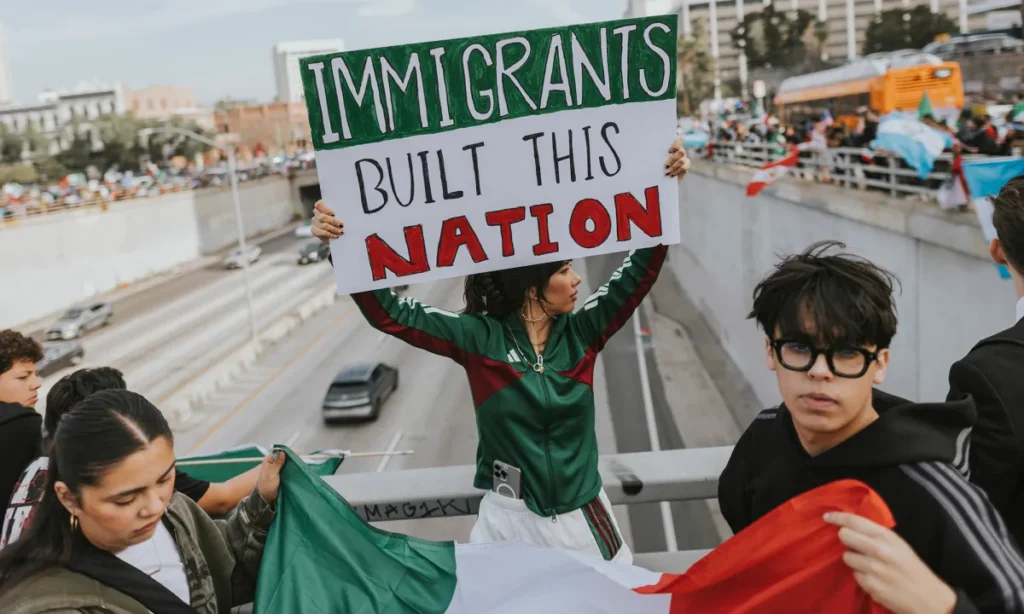Share
DUBAI, United Arab Emirates — The U.S. ambassador to Iran mistakenly told the shah in 1953 that Britain’s newly enthroned Queen Elizabeth II backed a plan to overthrow the country’s elected prime minister and America maintained the fiction even after realizing the error, historians now say.
“There’s an acceptance that you’re never going to have the whole story,” said Richard Aldrich, a professor at the University of Warwick whose research on the cables will be featured in a Channel 4 documentary in Britain on Sunday. “You’re on a journey to try and achieve a better history but you’re never going to have the complete story.”
The 1953 coup ended up successfully empowering the shah, even after he fled to Baghdad and onto Italy when it looked as though it would fail. He would rule until 1979, when he fled the country before the Islamic Revolution, secretly and fatally ill with cancer.
The coup had roots in the nationalization of Iran’s oil industry, which at that time was majority owned by Britain. Mohammad Mosaddegh, who supported nationalization, then became Iran’s prime minister. Britain launched a blockade on the country and ultimately saw its Tehran embassy ordered closed.
The British, who had begun drawing up plans for a possible coup, then turned to the U.S. under President Dwight D. Eisenhower. Eisenhower, fearful of the spread of communism amid the growing Cold War with the Soviet Union, gave the go-ahead for TPAJAX — the CIA codename for the coup plot.
Papers show the CIA at one point “stockpiled enough arms and demolition material to support a 10,000-man guerrilla organization for six months,” and paid out $5.3 million for bribes and other costs, which would be equivalent to $48 million today. One CIA document casually refers to the fact that “several leading members of these (Iranian) security services are paid agents of this organization.”

That Cable Included a Footnote Mentioning Another Cable From the U.S. Embassy in London
But the coup faced problems, chief among them the shah himself. Diplomats and spies referred to him as a “weak reed” and “petulant.” The CIA dismissively referred to him as “Boy Scout,” Aldrich said.
The shah grew fearful of Mosaddegh’s growing power and prepared to flee Iran in February 1953, months before the coup. U.S. Ambassador Loy W. Henderson rushed to the palace to try to see him. Instead, he got to Hosein Ala, the shah’s minister of court, who called the shah on a palace telephone line.
Despite fears the telephone may be tapped, Henderson spoke through Ala to the shah, as the Channel 4 documentary “The Queen and the Coup” and a later diplomatic cable by Henderson recounted.
“I had just received message indicating that very important personage for whom shah had most friendly feelings had also expressed sincere hope that shah could be dissuaded from leaving country,” Henderson wrote.
That cable, part of others released by the U.S. State Department’s historian in 2017, included a footnote mentioning another cable from the U.S. Embassy in London.
“Foreign Office this afternoon informed us of receipt message from (Foreign Minister Anthony) Eden from Queen Elizabeth expressing concern at latest developments re shah and strong hope we can find some means of dissuading him from leaving country,” the footnote reads.
That suggests Queen Elizabeth herself had sent a message. Instead, Eden at the time was aboard the vessel RMS Queen Elizabeth on his way to Canada, which is what American diplomats in London had meant to say.
The U.S. Embassy in London realized its mistake and fired off another cable that warned “Queen Elizabeth refers, of course to vessel and not … to monarch.” But Henderson at that point already had spoken to the shah.
Realizing the mistake, the U.S. Embassy in London wrote back that it “does not (repeat not) propose to inform British of incident.” But that intervention likely ended up helping goad the shah into staying in Iran for several more months — until the CIA launched the coup.

The 1953 Coup Is Their First Piece of Evidence
“In terms of the kind of chain of events, it’s important because, you know, frankly, the shah is a coward,” Aldrich told The Associated Press. “I don’t think the 1953 coup would have happened if the shah had fled then. At this point, there’s no doubt that he’s packed his bags and was pretty much going to the airport when this intervention happened.”
An initial 1989 release outlining the years surrounding the 1953 coup in Iran whitewashed the U.S. role in the coup. That led to the resignation of the historian in charge of a State Department review board and to Congress passing a law requiring that a more reliable historical account be made.
The State Department did not respond to an AP request for comment. However, over 65 years later, historians still struggle to extract documents from the CIA and other government agencies surrounding the coup.
These new cables suggest more remains to be discovered, said Malcolm Byrne, who studies Iran at the non-governmental National Security Archive at George Washington University.
“We’ve known that all along,” Byrne said.
Widespread Iranian anger over the Western coup fed into the revolution and its aftermath, which saw Iranian students seize control of the U.S. Embassy and hold those inside captive for 444 days.
To this day Iran’s Shiite theocracy portrays the U.S. as a hostile foreign power bent on subverting and overthrowing its government. Hard-liners still refer to Britain as “the old fox,” a sly adversary.
The 1953 coup is their first piece of evidence.
RELATED TOPICS:
Categories

Pebble Is a Tiny Adventure Seeker With a Big Heart


















